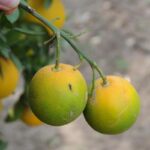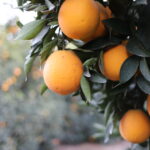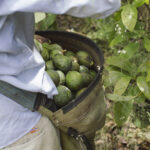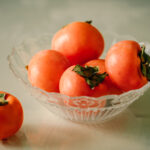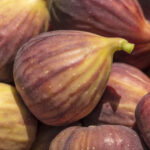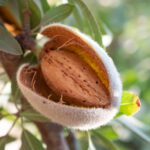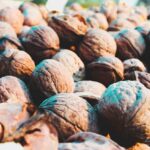U.S.: Strong start for Californian kiwifruit season

A representative of the California Kiwifruit Commission says he 'couldn’t ask for a better scenario' to start this season, with high initial market prices and a good crop expected. 
Nick Matteis told www.freshfruitportal.com the campaign had got underway relatively early in mid to late-September.
Production forecasts have been pegged at 7.3-7.5 million 7-pound-tray-equivalents, up from last season which came end up below 6 million trays despite similar pre-season estimates.
"That’s a good size average crop for California. Thus far the quality and the sizes have been reported to be very good, so it's very encouraging to have a good volume crop and nice size distribution," he said.
"We’ve had some recent reports that the size could be even larger...but the estimate remains the same and we’re optimistic that this will be a good season."
He said the opening prices of conventional fruit sold in the domestic market had been around US$16-17 for a 9-kilogram box and were holding steady.
"That’s a strong price, I hope that it can stay around there. Obviously a higher price would be great," he said.
"So we have good prices, a good crop, good quality, and good volume. So I couldn’t ask for a better scenario to start the season. Kiwifruit stores very well for the season, so it’s always a question of the volume moves over the next six-month period, and what kind of volumes we’ll see from Italy and then later on Chile."
Matteis said it seemed as though Italian kiwifruit volumes would be down slightly this year, which would translate into reduced exports to the U.S.
He added that most of the Chilean fruit had cleared out of the market by the time the California season started this year, so there were no issues in terms of overlap.
The 2015-16 season saw the first volumes of California-grown gold kiwifruit marketed in the U.S. in a decade. Matteis said everything had gone well, with around 160,000 trays sold, and added many other varieties were also being trialed by the industry.
"Whether there is one variety that ‘wins’ the day as far as being the most desirable by the market, we don’t know," he said.
"We're definitely still in a testing phase to find out which of the gold varieties that are being testing out in the field are the most productive and desirable.
"I think that they’re performing well in our climate, and I think we’re in a good position for the gold kiwifruit to become a larger share of the total crop volume in the future. It looks promising, at least at this point."
He said there was another green variety - the Megakiwi - was also now being grown in small volumes. The variety was developed by Greeks and commercialized by New Zealanders, and is said to have higher Brix levels than the common Hayward.
In addition, Matteis mentioned there was a grower who was testing production of a red kiwifruit variety.
"It's fun to have some new variety work that looks like it’s coming along well. Who knows what happens in the next five years, but maybe we will have a few different varieties to offer the market," he said.
Matteis said the industry was projected to increase production levels to 7.5-8 million trays over the next several years, but only time would tell what happens with the new varieties.
Photo: www.shutterstock.com
















